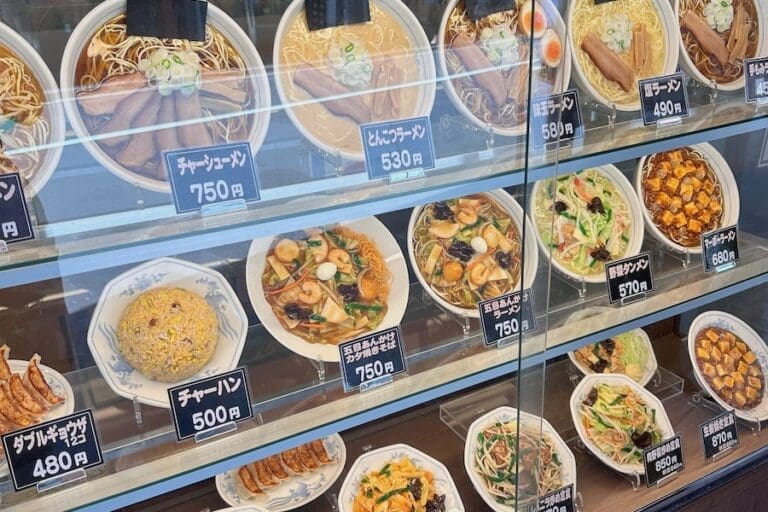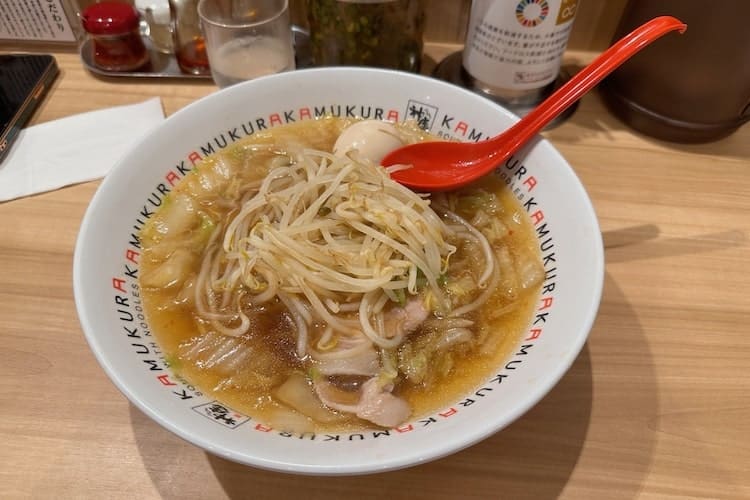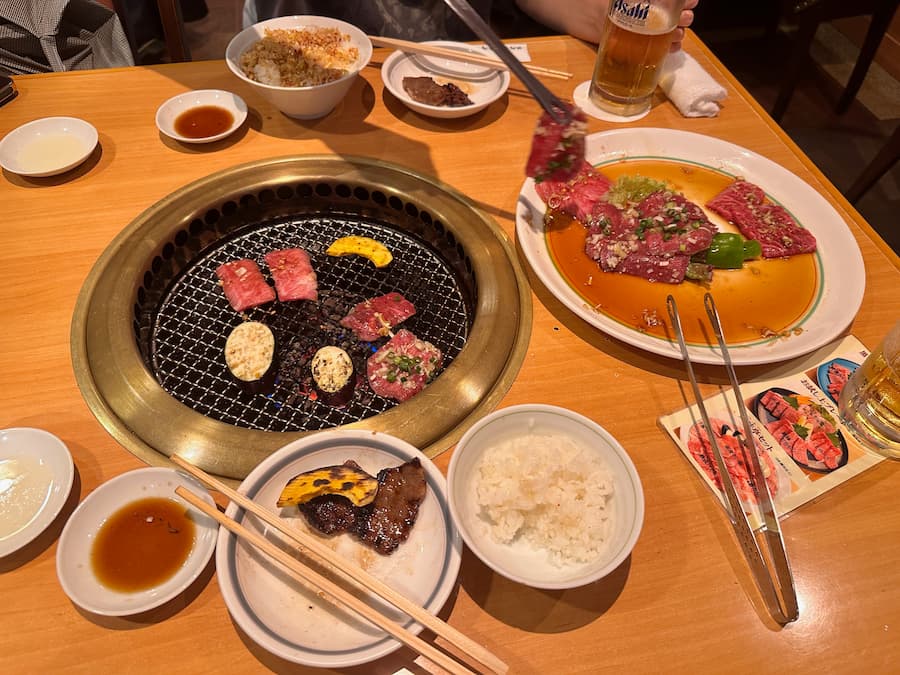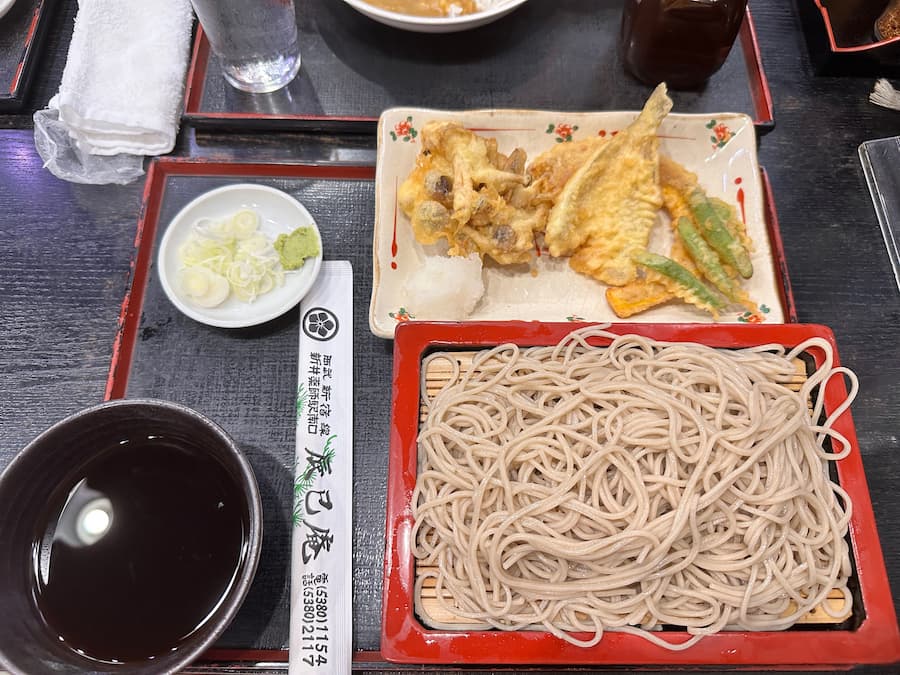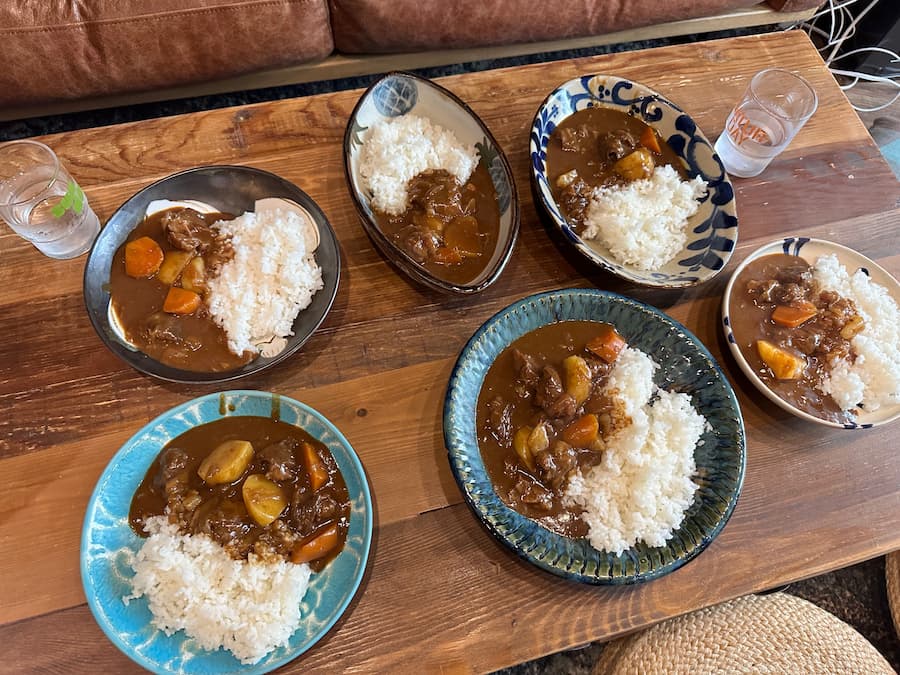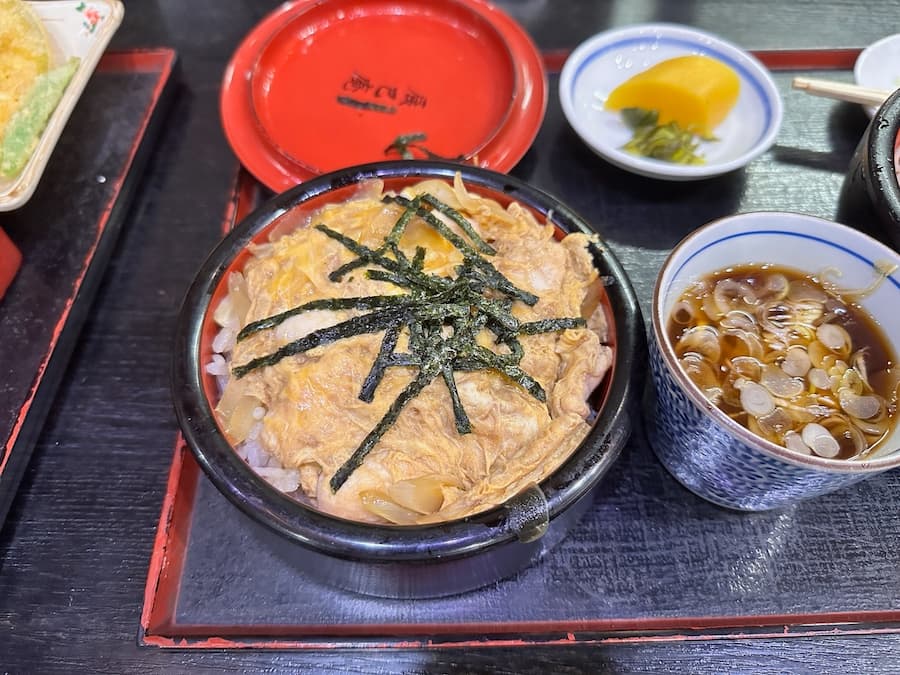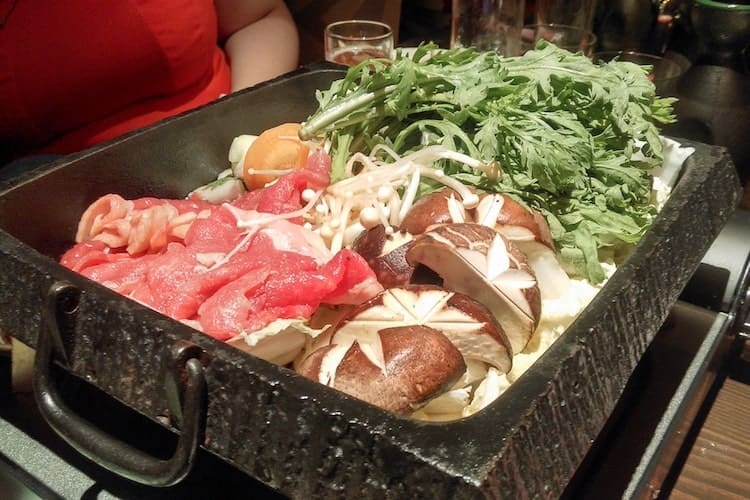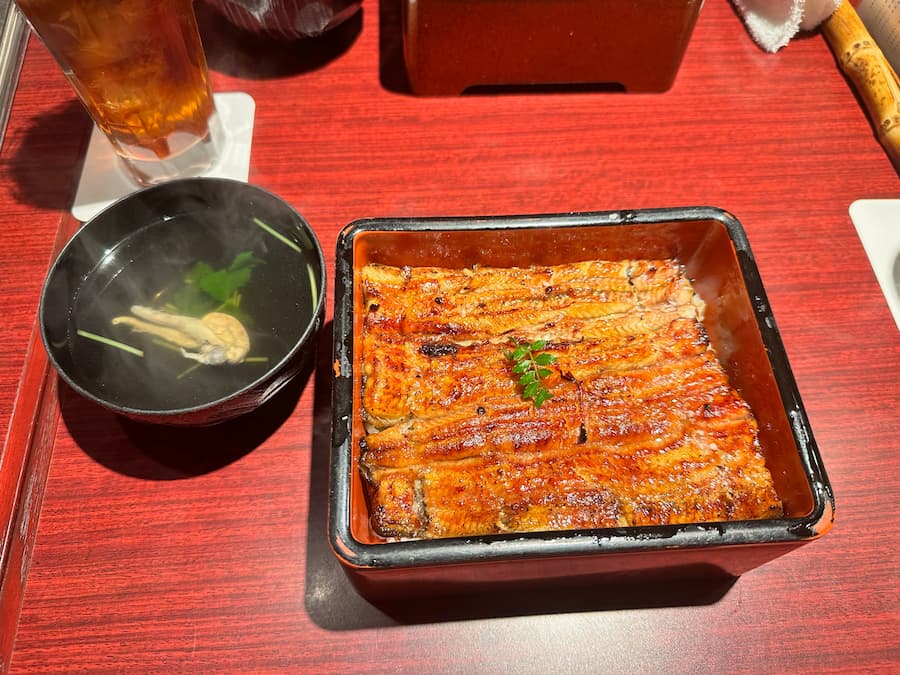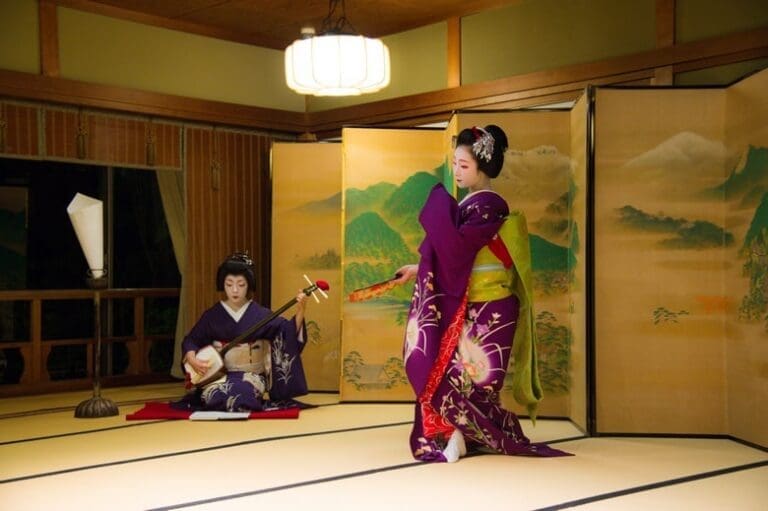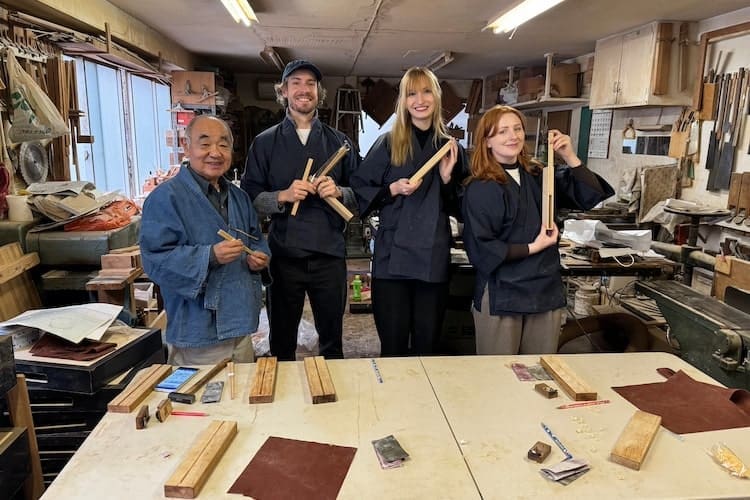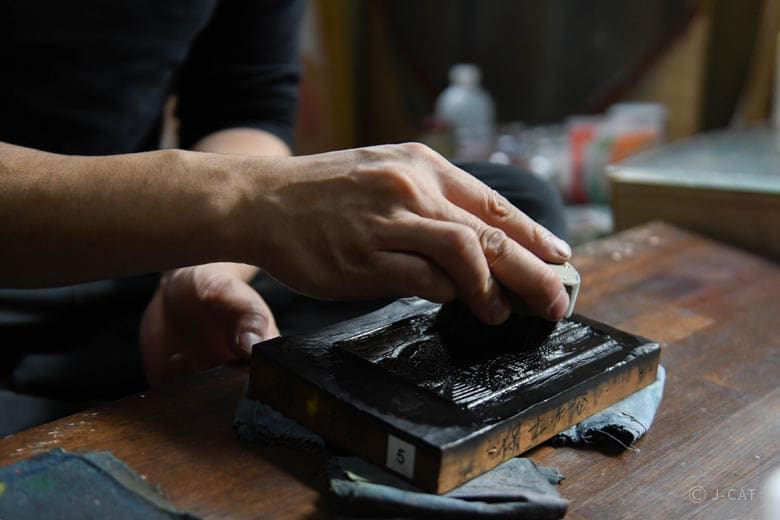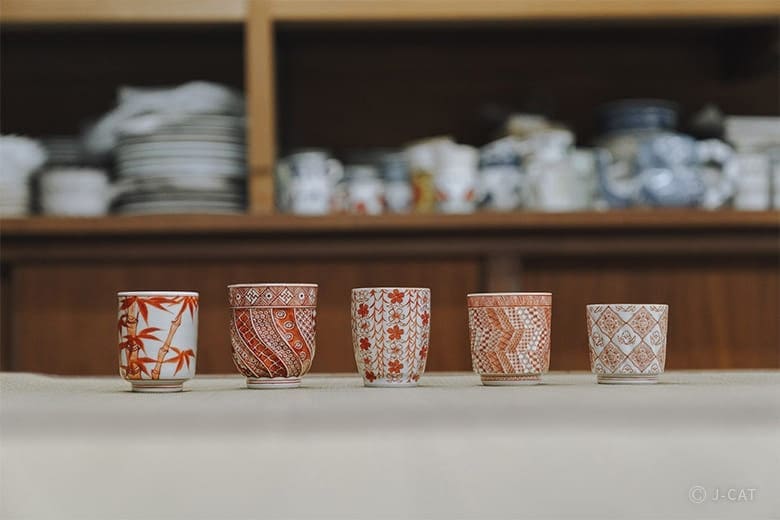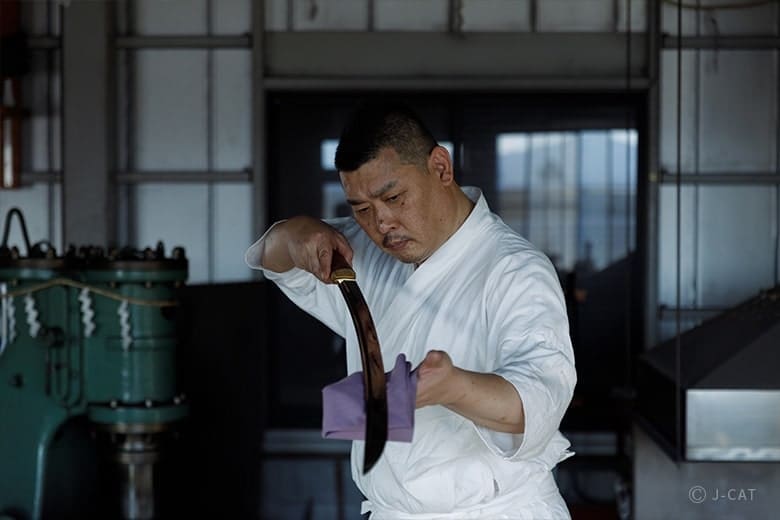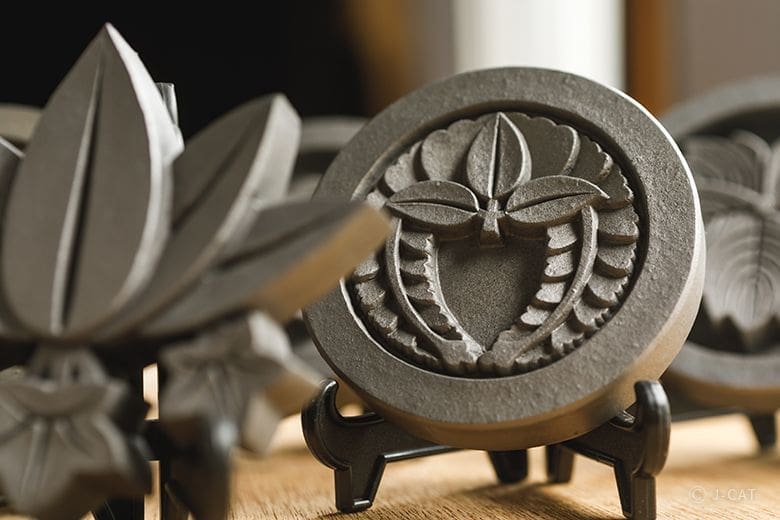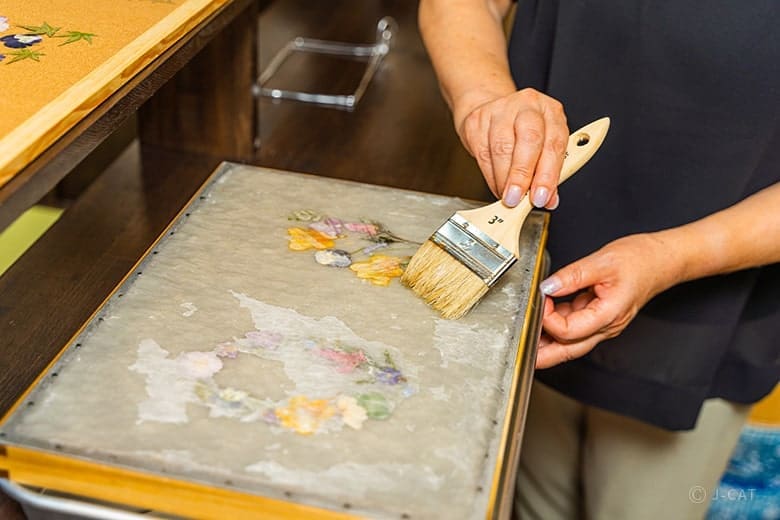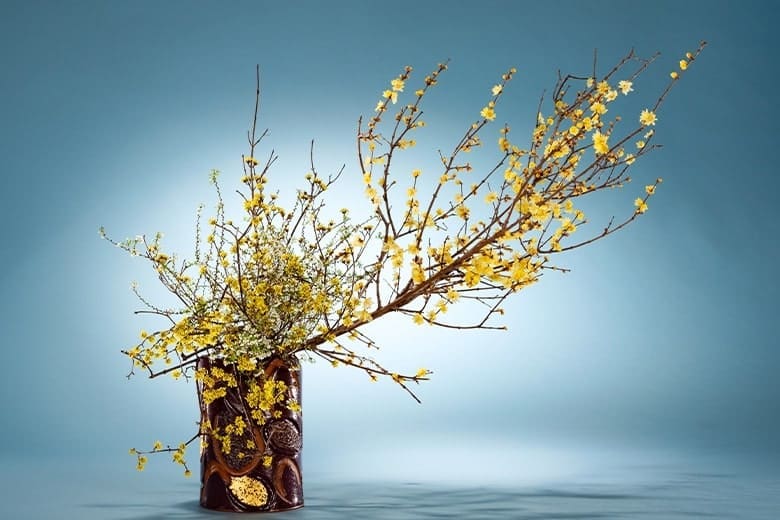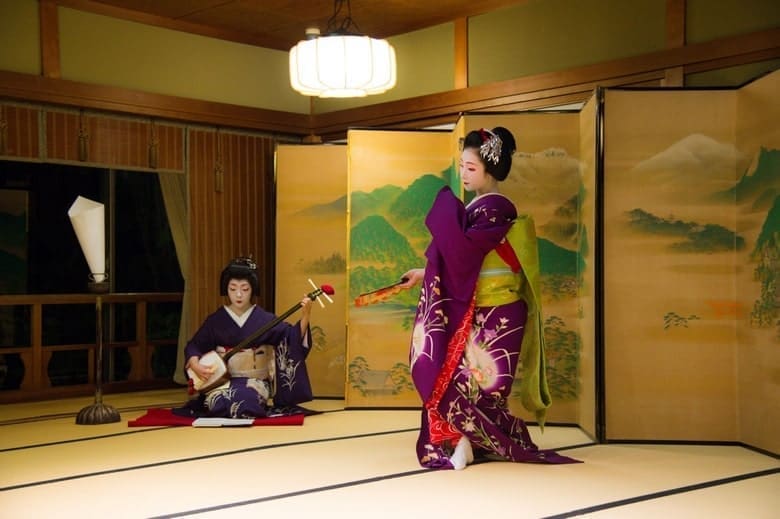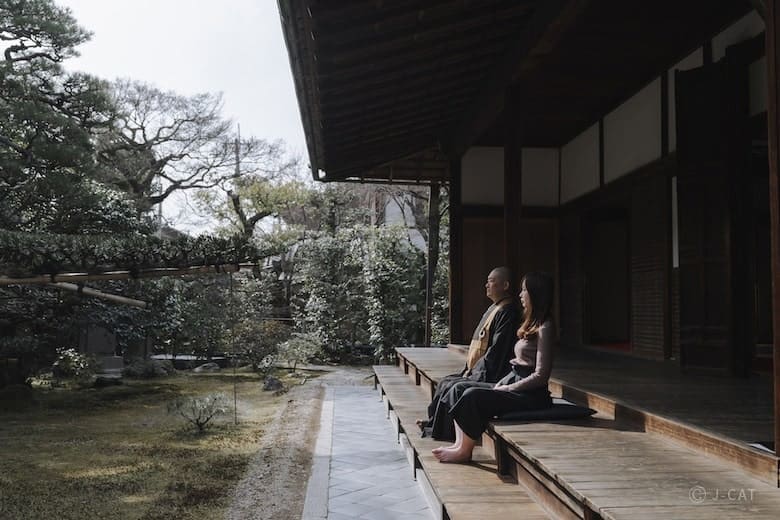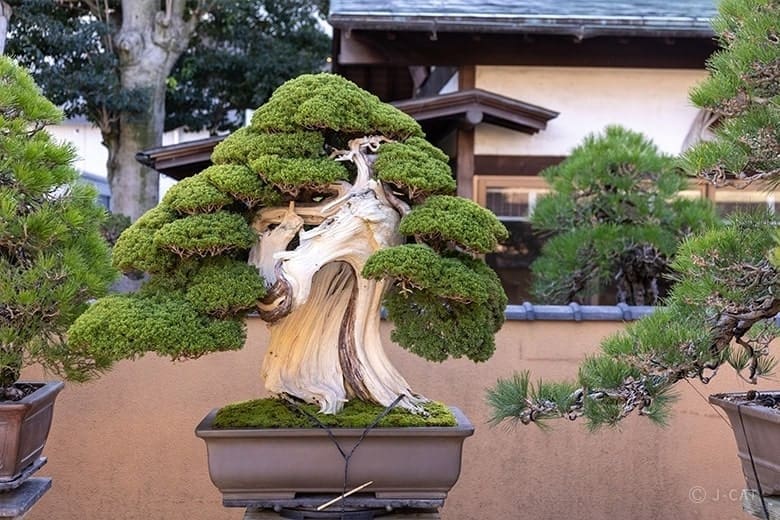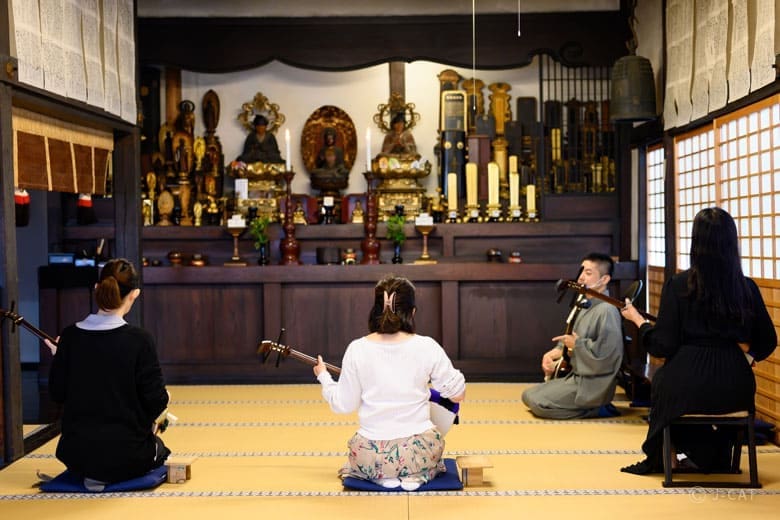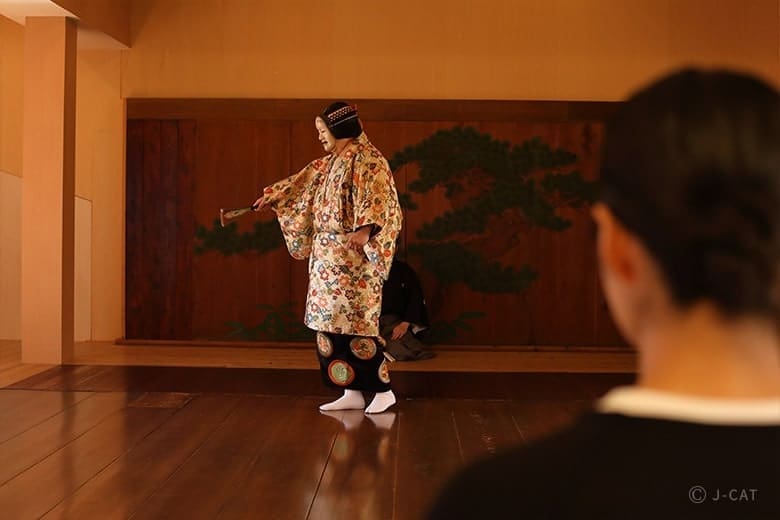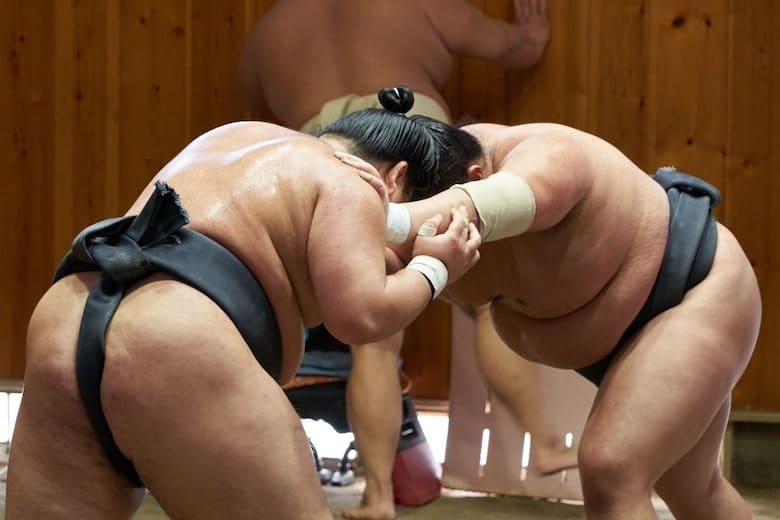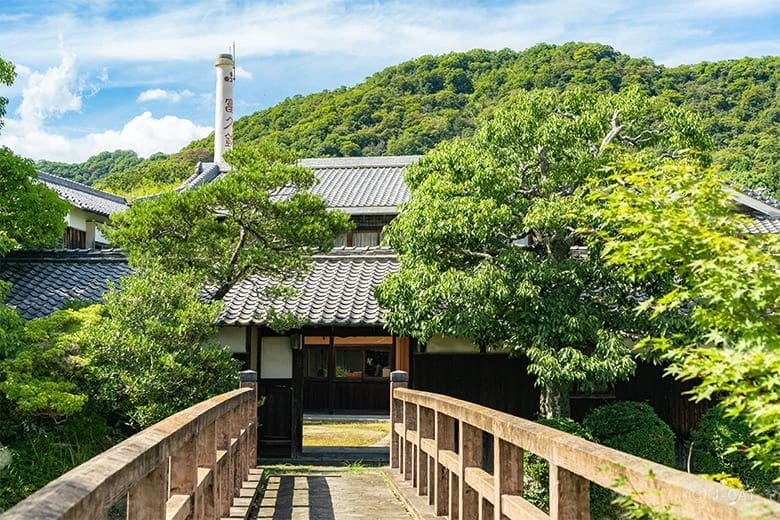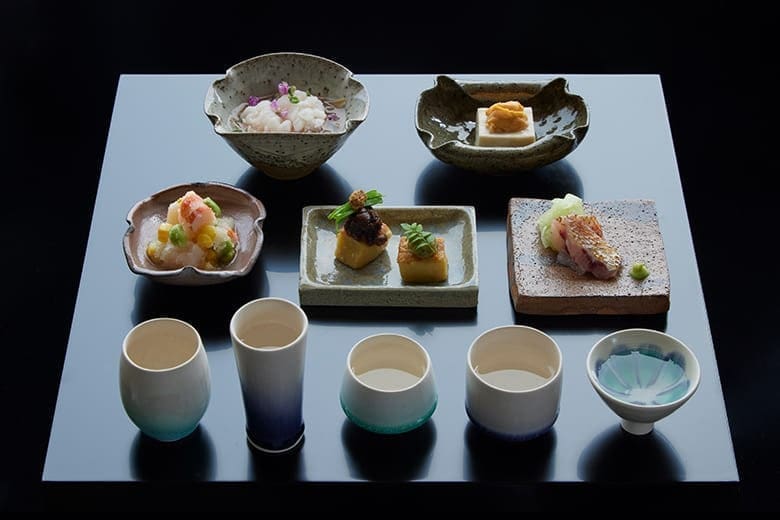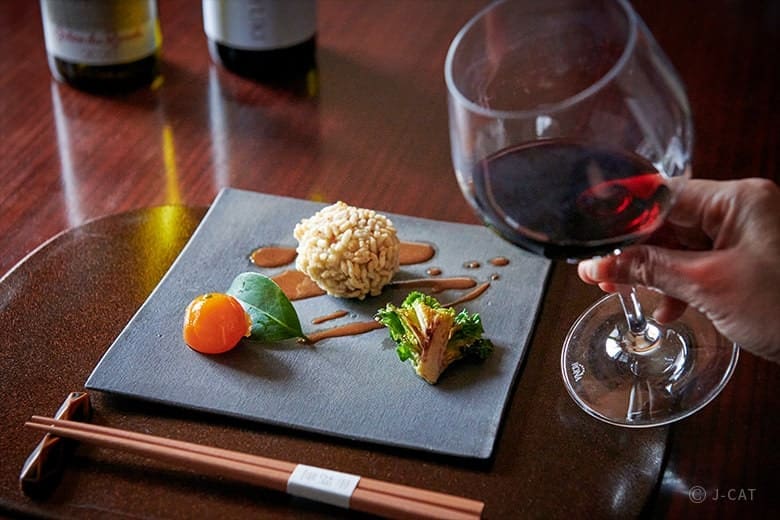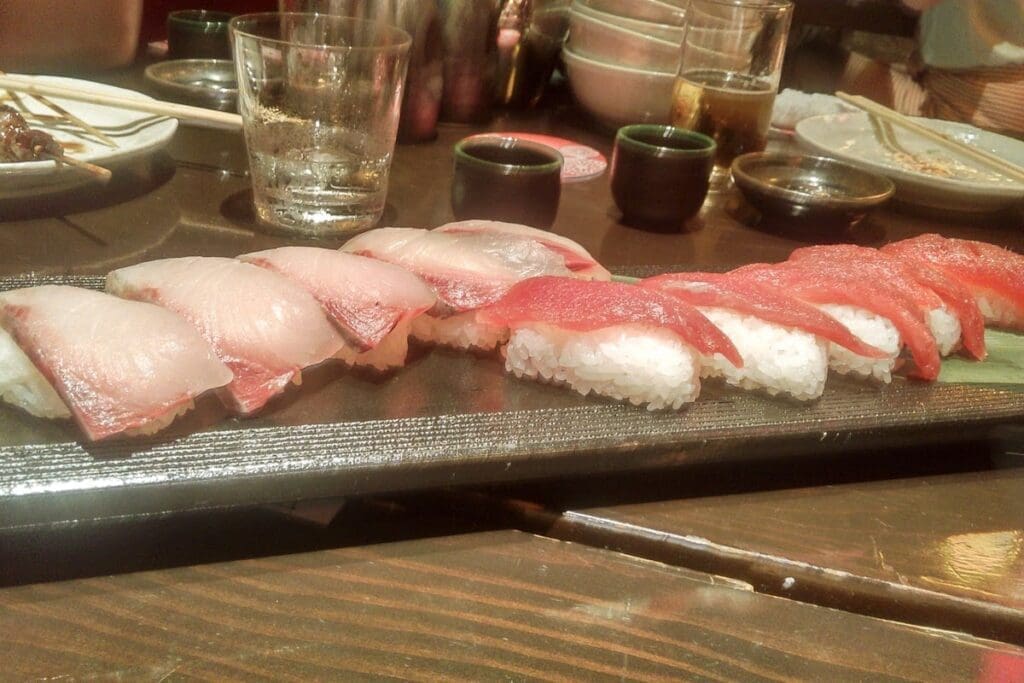If you’re looking for a sake tasting experience that doesn’t feel touristy or scripted, Hasegawa Eiga might be exactly what you’re looking for. It’s a quiet, private space in central Tokyo where you can taste high-end sake that isn’t available anywhere else—not in restaurants, not in shops. Just here.
I joined this experience through Wabunka, a platform that offers private cultural experiences across Japan. If you’ve read my website, you know I’ve done a few of their experiences now. They stand out for the atmosphere, for the quality, and for how personal they feel from start to finish. They really encapsulate the Japan people dream about before visiting. So I always recommend visitors to try at least one Wabunka experience during their stay.
This sake tasting experience at Hasegawa Eiga in Roppongi in the central Tokyo is no exception. This is hands down the best sake tasting in Tokyo I’ve tried since I started working in the travel industry in Japan in 2019.
A Tasting Room Built for Sake and Nothing Else
Just five minutes from Roppongi Station, the building already gives you a sense of what’s coming. It’s white, with curved walls and no signage, tucked quietly into the city like it’s hiding in plain sight. You enter through a short corridor that curves gently—just a couple of meters long, but it breaks your line of sight. You don’t see the lobby until the last second. And that makes arriving feel a little like stepping into a different world.
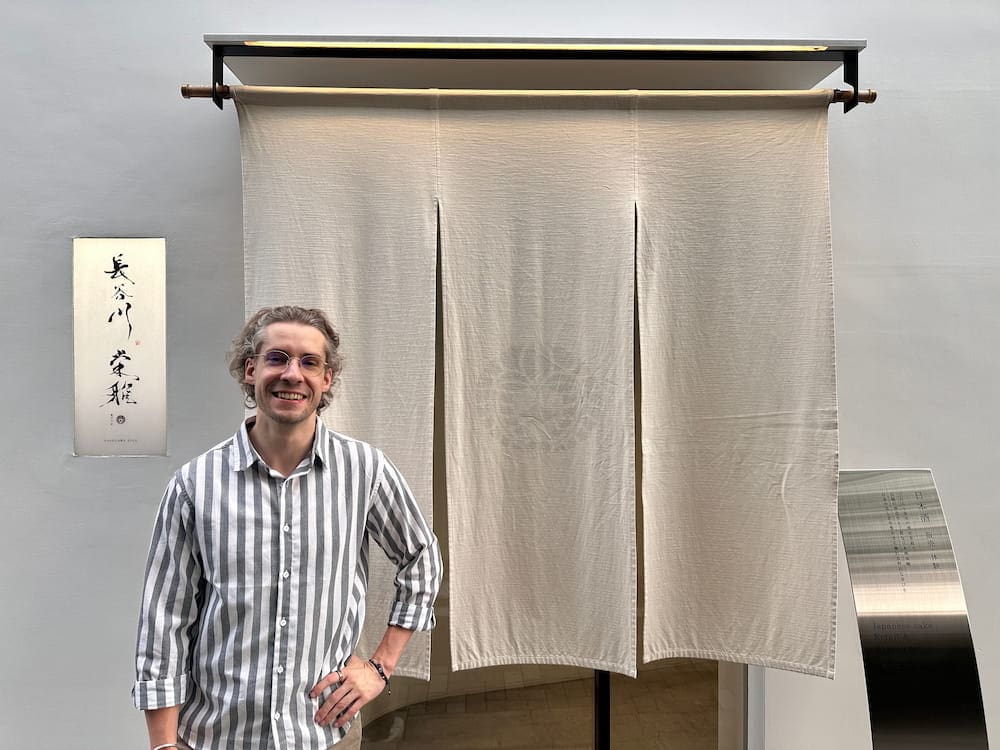
The lobby is small but perfectly designed. The walls are white and clean, the light is soft, and a thin stream of water flows gently down one wall behind the sake bottles on display. You hear it as soon as you walk in. Another wall holds a row of handmade ochoko (sake cups) that look more like contemporary ceramics than tableware. It all feels curated, not just arranged. Like a high-end gallery that happens to serve sake.
Greeted Like an Important Guest
There’s no check-in desk. No announcement needed. The host, Kyoko-san, is already there when you walk in. She greets you with a warm smile and a calm, welcoming presence. It’s just you and your group (this experience is private by design) so everything feels intentional and quiet. No noise, no rush. Just sake, and the space around it.

Kyoko-san gives a short introduction to the space, the bottles, and the cups on display, before leading you to the tasting room. Like the rest of the venue, it’s minimalist but warm. Tatami floors, soft lighting, and seasonal flowers set the mood. You can sit on the floor, but if that’s not comfortable, they’ll bring low chairs without a fuss. The attention to detail isn’t just visual—it extends to how the experience is run.
Tasting Rare Sake Paired with High-end Food
Everything is already prepared when you walk in the tasting room. Over the course of the next hour, you’ll try five different types of sake, each paired with a bite-sized dish. It’s not a full meal, but it’s more generous than you might expect: about ten different small dishes in total, prepared by the chef at high end restaurant Ginza Wakyo and each chosen to highlight the characteristics of the sake. But it’s more than that.

Kyoko-san explains each pairing with clarity and depth. She talks about the brewing process, the origin of each bottle, and how the food complements the sake. You don’t need any prior knowledge as she explains everything in excellent English, with a level of vocabulary and precision that surprised me. It never felt like a script or a lecture. It felt like she genuinely enjoys talking about sake and sharing what she knows.
One of the most interesting things I learned: none of the sake you’ll try can be found outside of this venue. It’s brewed by Hasegawa Eiga and sold only here. You can’t find it in restaurants or shops. That alone makes the experience feel special.

A Quiet Ending That Feels Like a Gift
By the end of the hour, you’re relaxed, a little tipsy, and fully immersed in the experience. There’s no hard sell, but you’re welcome to buy any of the bottles you tried, ranging from ¥5,000 to ¥33,000. Since they’re only available here, many people do. It’s a nice way to extend the experience and something you can take home, something you can’t find again once you leave.
Spending that time with Kyoko-san also leaves an impression. By the time you say goodbye, it feels almost like you’ve spent the last hour with a friend.
Should You Do It?
I would recommend this experience to:
- Couples, friends, or small groups (the venue can only host up to six people) who want something calm, elegant, and authentic.
- Those into sake as they’ll be able to taste rare sake, but even just sake-curious (like me) will absolutely love this experience.
- Those who want something non-touristy, intimate, that they won’t find listed in travel guides.
It’s a quiet, high-end tasting that makes you feel like a VIP for an hour. If you’re even interested in sake, this is a great pick.

Booking Information
This tasting is available through Wabunka, a platform offering private, authentic experiences across Japan. You can check availability and book directly on their website:
Disclaimer: I’ve worked with Wabunka as part of my work in the Japan travel industry. I know them personally and can vouch for their professionalism. This is by far the company currently offering the best experiences in Japan. They work directly with Japanese artisans, artists, chefs, monks, and other masters to make traditional experiences available to foreign visitors.
The Bottom Line
There are many sake tastings in Japan, but very few match this level of quality, privacy, and attention to detail. The design of the space, the quality of the sake, the knowledge of the host—everything is deliberate. Nothing is rushed or mass-produced. It’s a rare experience, and you can feel that from the moment you walk in.


